Risk managers and insurers are getting better at quantifying and evaluating earthquake risk
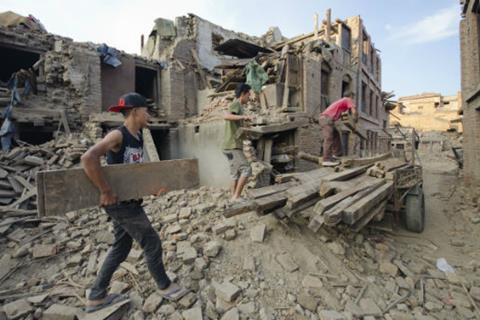
If ever a reminder that earthquakes can strike at any time was needed it was in October 2015 when a magnitude 7.5 quake hit the north-east corner of Afghanistan killing 339 people and destroying whole villages, mostly in Pakistan.
While relief efforts continue, risk and insurance professionals are still pointing to the need for better co-operation between governments, insurers, international relief agencies, and the World Bank, to improve natural catastrophe cover for people and enterprises in developing countries.
Risk mitigation, building standards, zoning, product innovation, and better access to, and distribution of, insurance, all have a part to play.
SwissRE estimates that total economic losses from natural catastrophes worldwide were $1.8 trillion over the past 10 years, of which 70% were uninsured.
After the magnitude 7.8 Nepal earthquake in May 2015, which killed more than 9,000 people and injured 23,000, the World Bank and International Monetary Fund called on the G8 to do more to help developing countries cope with natural catastrophe more effectively in the future.
As risk managers and insurers get better at understanding and quantifying earthquake risk, the risk community is learning more about the steps that can be taken to control and reduce risks.
A corporate risk manager with an earthquake risk in today’s markets is likely to have many more options for risk mitigation and for negotiating insurance cover than they had a few years ago. An increase in data is changing what we know about earthquake exposures, how they are measured and quantified, and it’s driving innovation in risk management and insurance.
It has brought greater transparency into the insurance pricing process for earthquake risk, and from a risk manager’s point of view, this is resulting in more flexibility and choice.
Combine all this with perhaps the longest-ever soft market cycle for natural catastrophe risk, and risk managers, wanting to buy earthquake cover, have a lot going in their favour.
One of the big developments of recent years has been a growing body of knowledge within the research communities of seismic scientists and structural engineers.
Understanding how specific building typologies, materials, and even construction methods perform when they are subject to seismic pressures of varying magnitudes has developed hugely.
This means that building owners – whether constructing a new site or retrofitting an existing structure as part of a risk mitigation strategy – can be much more intentional about how they want that site to perform in the event of an earthquake.
It also means that, when they have gathered an accurate picture of all the different data elements which go to making up their earthquake loss exposure, risk managers can start to take more control over the conversation they are having with insurers.
Risk managers with good quality data are now working with risk advisors to model their exposures on a portfolio and an individual property basis.
By controlling the data and owning the risk evaluation themselves, they can reach their own conclusions about the value of their potential loss.
The question about the price of risk then changes, because the insurers’ own accumulation of risk comes into play.
Making a decision on whether to mitigate, self-insure, or transfer the risk, has become much more data-led and scientific.






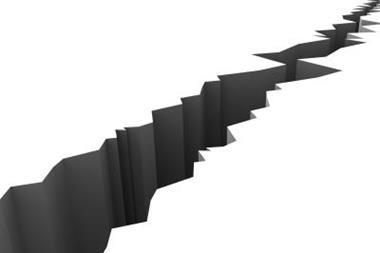

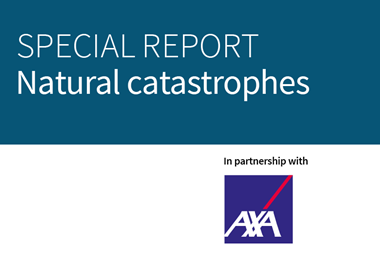


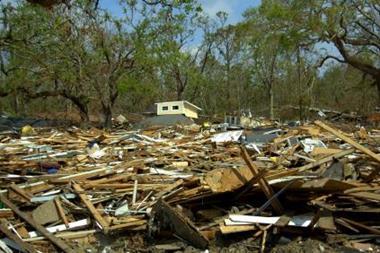




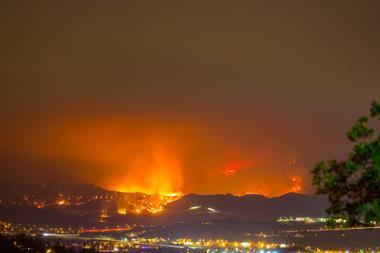
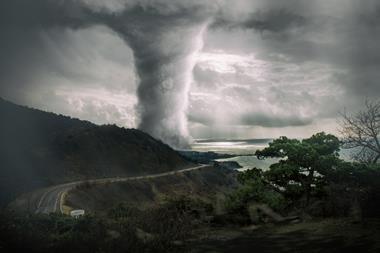



No comments yet